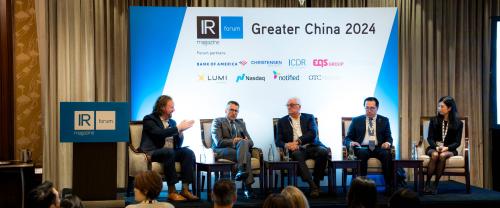In 2020, an equities market that had been in existence for less than two years attracted nearly half of all IPO proceeds in mainland China. Star Market – or, to give it its impressive full name, the Shanghai Stock Exchange Science and Technology Innovation Board – has a growth story as remarkable as the ‘new economy’ companies that flock to its doors.
The market has also drawn scrutiny for its dramatic first-day trading gains and wild price swings. But given the huge returns on offer for investors, and high multiples on offer for companies, there are few complaints to be heard.
Prior to Star Market, going public in mainland China featured a long wait and weighty restrictions. Companies needed approval from the China Securities Regulatory Commission (CSRC), which could take more than a year. In addition, minimum requirements on net profits, cash flow and assets meant only mature businesses were able to list.
Policy-makers recognized that the system was not fit to support the fast-growing companies in emerging sectors – such as advanced IT, bioscience and renewable energy – that they expect to power the country’s future economic growth. The creation of Star Market marked a fresh approach.
First announced in November 2018 by President Xi Jinping, the board operates a registration-based IPO system. Companies need only register with the regulator while they wait for the go-ahead from the Shanghai Stock Exchange (SSE), cutting waiting times down to several weeks. The new system not only speeds up the listing process, but also helps companies know with greater certainty when they can access capital, says Ringo Choi, IPO leader for EY Asia-Pacific.
Star Market also brought in looser listing standards. Companies can go public with dual-class share structures and no longer need to be profitable – changes designed to make room for early-stage tech firms. Finally, the market has much greater freedom in setting a company’s price. Unlike Shanghai’s main board, there is no limit on price rises in the first five days of trading. Regulators have also dropped the practice of setting a cap on the price-earnings (PE) ratio at the time of listing.
‘Now companies get the range from doing a roadshow with institutional investors,’ says Choi. ‘This is why the PE multiple for the Star board is so much higher than the main board in Shanghai for the IPO pricing.’
In 2020 the average PE ratio for IPOs on Star Market was a lofty 72, compared with 23 for the Shanghai main board, according to data from EY.
This is an extract of an article from the Spring 2021 issue of IR Magazine.










